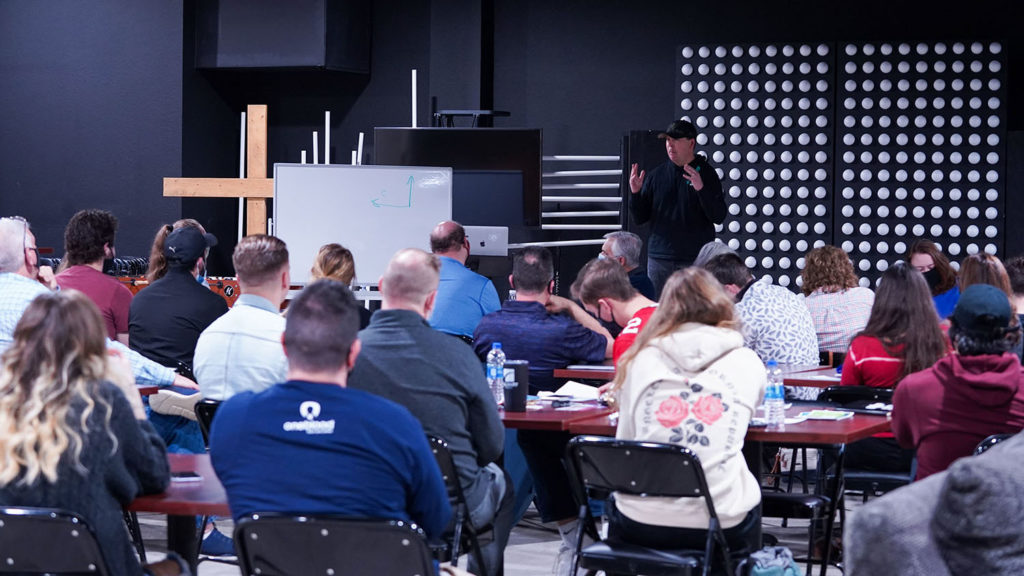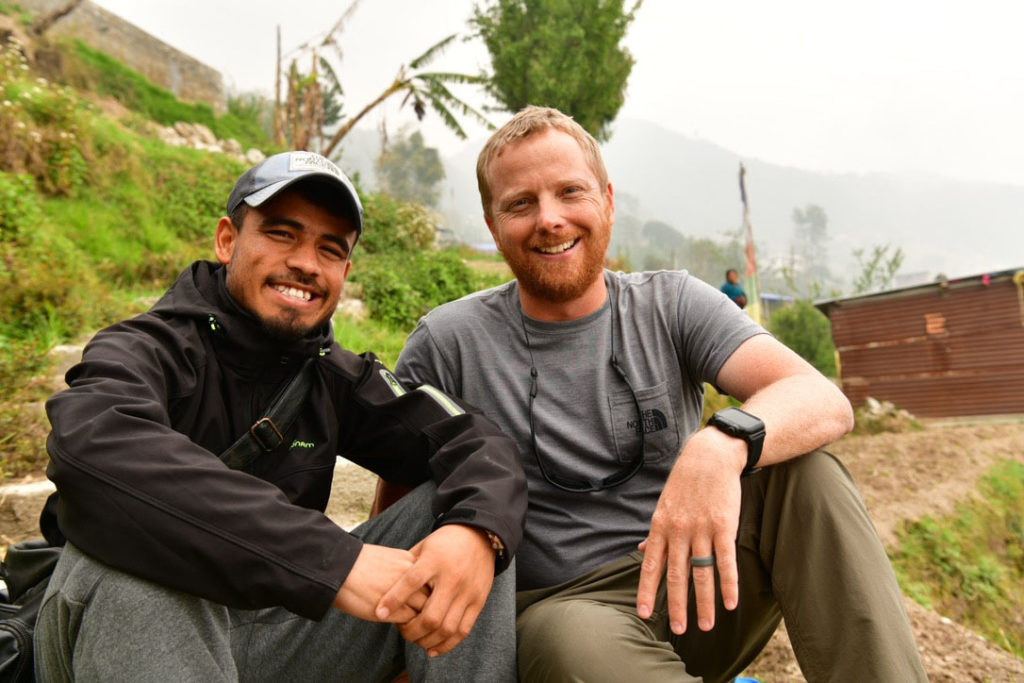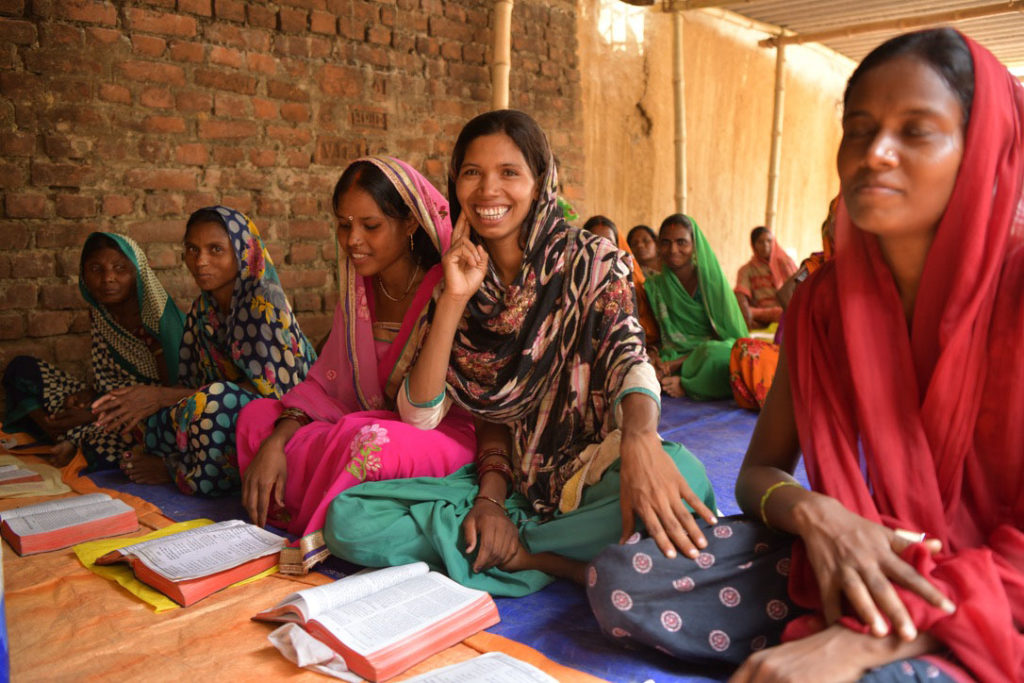
CLEARWATER, Fla. (BP) – When Calvary Church turned 150 years old in 2016, Pastor Willy Rice laid out an ambitious vision: plant 150 churches in a decade, including 100 international churches.
They knew it wouldn’t be easy. A lot of church members would need to be sent out as missionaries, so Calvary developed a three-year process for identifying and discipling members who thought they might be called to missions. The process included monthly meetings, one-on-one sessions with a coach, and a requirement that each potential missionary start a disciple-making group.

It worked. Now halfway through the decade, Calvary is more than halfway to its international church-planting goal – with more than 60 new congregations across the globe. It wants to help other churches launch similar missionary-development processes as the Southern Baptist Convention strives toward the first goal of a five-year plan knows as Vision 2025: increase the number of full-time, fully funded International Mission Board (IMB) missionaries by 500, bringing the total to 4,200.
“Putting our ‘yes’ on the table for sending immediately generated movement,” said Paul Colton, Calvary’s pastor of international missions, “because healthy churches have people in them that want to be sent.”
Mission leaders say the SBC’s goal is ambitious but achievable if churches of all sizes will establish pipelines like Calvary’s for identifying and developing international missionaries.
“The five hundred additional missionaries was a field-driven goal” based on the number of people groups across the world to be engaged and the workers needed to penetrate those groups with the Gospel, said Scott Ray, director of the IMB’s assessment and development team. “It is a need-based goal.”
Meeting that need will require broad cooperation in the Convention. Increasing to 4,200 IMB missionaries would constitute a 13.5 percent increase over five years. That would be the largest five-year percentage increase since the missionary total jumped 18 percent from 1994–1999. Achieving the Vision 2025 goal also would mark a turnaround after the IMB’s missionary force decreased some 25 percent from 2014–2019 amid budget adjustments.
Ray and other IMB leaders are seeking to determine whether enough churches can be mobilized to achieve the goal.

Baptist associations will be among the IMB’s key partners in the effort, said Keelan Cook, associate director of Houston’s Union Baptist Association. This month, the association is piloting a missions cohort program to help churches assess missionary candidates, equip them and get them through the IMB’s application and vetting process.
The cohort will combine classroom instruction and hands-on ministry. Over eight months, Houston Baptists considering missions will work through IMB curriculum for missionary candidates and develop a cross-cultural missions strategy among one of the many international communities in Houston. The local cross-cultural ministry is designed to mirror the type of ministry missionaries will conduct overseas. Cook hopes other associations will emulate the Union Association’s model.
“The association stands in a unique position” to help churches begin “identifying those we would send in our own pews and working together to equip them,” Cook said. Cooperation among local churches in missionary equipping “creates space for churches that feel they don’t have the resources necessary to lean into something like that” alone, he said.
Raising up missionaries among underrepresented ethnic groups is another key facet of the IMB’s strategy to expand its missionary force. To that end, Ray’s assessment and development team is adding diverse staff members to help identify missionaries from Hispanic, Chinese and Black churches among other ethnic groups. Ray’s personal goal is for the percentage of missionaries from each ethnic group to “match up with the Convention as a whole.”
That will require expansion of the missionary force in some cases. Of the approximately 3,700 career missionaries serving with IMB at the end of 2020, just 20 (0.5 percent) were African American, according to the IMB’s 2021 ministry report. Overall, 6 percent of SBC church members are African American, according to Pew Research. On the other hand, Asian Americans represent 5 percent of the IMB’s missionary force though they comprise less than 1 percent of Southern Baptists. And according to last year’s IMB ministry report, “God is opening an increasing number of pathways for Hispanic brothers and sisters to take the Gospel to Muslim contexts.”
One congregation leading the way in missionary sending is The Summit Church in Durham, N.C, where outgoing SBC President J. D. Greear is pastor. They have 295 active international mission personnel currently on the field and have sent 630 over the years, said Lori Frances, The Summit’s director of sending. That places the congregation among IMB’s top sending churches.
The Summit maintains its constant stream of international missionaries by seeking mission applications in each sermon. In fact, Greear sends his sermon notes to the missions team each week to help brainstorm applications. The church also maintains an international missions cohort that meets monthly to train, equip and assess believers who think God may be calling them to the mission field.
The Summit hosts sending workshops twice each year to help other churches develop missionary pipelines. The congregation also puts resources for developing a missions cohort under the missions section of its website. Greear and his staff consult with others churches as well.
Too often, churches run their missions program “like an app instead of the operating system,” Frances said. For the SBC to achieve its Vision 2025 goal, missions should be “infused into everything” a church does.
Ray and his team at the IMB are available to consult with churches interested in developing missionary pipelines.
“We have been working with a number of associations, colleges and some churches who are at different stages of developing these pipelines,” Ray said.
Ray can be contacted at [email protected].

















